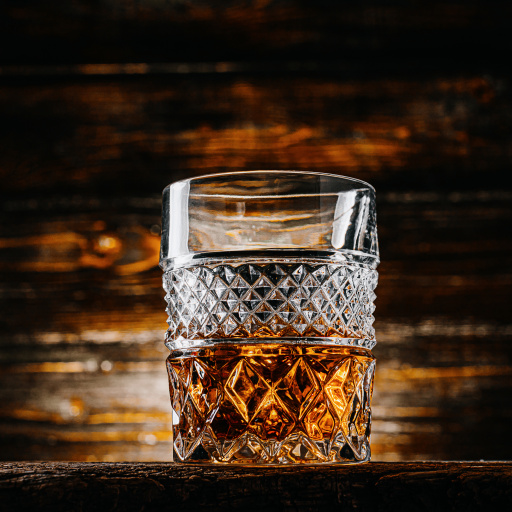A recipe on how to make whisky with enzymes
Single malt whisky and blended whisky are 2 types of great whisky. To produce single malt whisky, only water and barley are needed. On the other hand, blended whisky involves distilling grain neutral spirit that is made from cereal grains such as, rye, wheat, or even corn. Those grains provide the starch that is first converted into glucose, and then into ethanol.
By implementing enzymes into your distilling process, you can greatly improve the quality of your whisky. Keep reading this article and learn more about how your whisky production can be drastically improved with our qualitative enzymes.
A recipe on how to make whisky with enzymes
Best-in-class enzymes when producing single malt whisky
Best-in-class enzymes when producing single malt whisky
Ultraflo® XL - A viscosity-reducing enzyme
Termamyl® Classic - An Alpha Amylase
Amylase® AG300 L - A Gluco Amylase
Best-in-class enzymes when producing blended whisky
Best-in-class enzymes when producing blended whisky
Viscoferm® - A viscosity-reducing enzyme
Liquoflow® GO 3X - An Alpha Amylase
Saczyme® Plus 2X - A Gluco Amylase
Disclaimer: Please note that this is a general dosing guidance. You can always fine tune the dose further. Also, please note that enzymes are process aids and will not be present in the finalized spirit.

Recipe for single malt whisky:
Step 1: Start with 200gm of Ultraflo® XL (per ton of grain)
To get the desired dry substance, cereal flour is mixed with water in the slurry mixing tank. This typical ranges from 22 to 32% w/w. By adding 200gm of Ultraflo® XL, you will greatly reduce the viscosity of your production during the mixing stage. Indeed, viscosity reducing enzymes hydrolyze arabinoxylans and NSPs (Non-Starch Polysaccharides), which are major components of small grains like wheat and triticale.
Step 2: Add up 150 to 250gm of Termamyl® Classic (per ton of grain)
Next, we recommend adding up 150-250gm of Termamyl® Classic. Because this enzyme is an Alpha Amylase, it will reduce the viscosity of your production by breaking down starch into small dextrins. To ensure full conversion, the dosing must be followed by an increase in slurry temperature up to 85-87°C, for at least two hours.
Step 3: Add up 500 to 700gm of Amylase® AG 300L (per ton of grain)
Then, the resultant liquefact is cooled down and transferred to the saccharification or fermentation vessel. At this stage of fermentation, we recommend adding up 500 to 700gm of Amylase® AG 300L. This enzyme is a glucoamylase and will break down dextrins into glucose.

Recipe for blended whisky:
Step 1: Start with 50 to 100gm of Viscoferm® (per ton of grain)
Firstly, you should add up 50-100gm of Viscoferm® per ton of grain into your mixing tank. This alpha amylase will improve efficiency in your filtration as well as in the distillation column. This will then result in less fouling.
Step 2: Add up 100gm of Liquoflow® GO 3X (per ton of grain)
Next, we recommend adding roughly 100gm of Liquoflow® GO 3X per ton of grain. This enzyme will reduce the viscosity of your production by breaking down starch into small dextrins. Again, to ensure full conversion, the dosing must be followed by an increase in slurry temperature up to 85-87°C, for at least two hours.
Step 3: Add up 250gm of Saczyme® plus 2X (per ton of grain)
Then, the resultant liquefact is cooled down and transferred to the saccharification or fermentation vessel. At this stage of fermentation, we recommend adding up 250gm Saczyme® Plus 2X. This enzyme is a glucoamylase and will break down dextrins into glucose.
Let’s get in touch
As the world leading enzymes producer, Novozymes offers products that are optimized for distilling. Experience optimal results first-hand and benefit from our expert consulting and enzyme samples -for free. Contact us and get support from our talented technical experts. They will help you assess your situation and select the best enzymes for your distilling business. Contact our team of distilling experts and start working with enzymes, today.